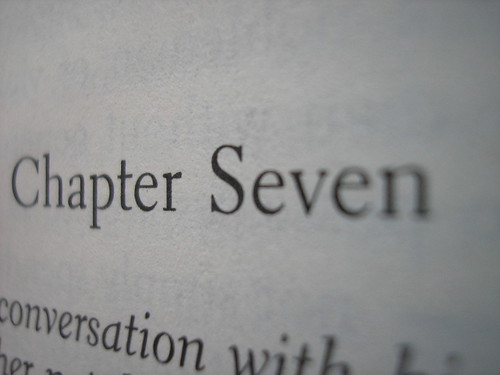Along with a great cover, you need a sensational blurb in order to move books. You've got very few chances to grab the reader's attention, and the blurb is one of the best shots you're going to get. It has to set the tone for your book, give readers information about what they can expect from the work and compel them to take a deeper look. The blurb has got to do a whole lot -- but you know, it can't be too long, either.
What's in a Blurb?
You've already poured your heart, soul, blood and tears into creating an entire book -- and you should feel great about that. It's incredibly difficult to tough it out all the way from Chapter 1 to The End, and you deserve to be proud. But after you've put so much of yourself into that work, it can be heartbreaking when no one bothers to read it. Now, you've got to face a task that's very challenging in its own way: getting people to read what you've written. You do that with a sensational blurb.
After you've already done all that writing work, writing a blurb out of nowhere can feel overwhelming. Break it down into small pieces, focus on certain elements, and power through it.
The blurb is a great promotional tool, so use it. You can always add a few extras to your blurb to make it even more sensational. Pepper the blurb with the best review quotes you've got, particularly those from reputable and respected sources (like fellow authors or very well-known review blogs). If your book is part of a series, mention the other books in the series in the blurb to get readers to take a look at these works as well.
What's in a Blurb?
You've already poured your heart, soul, blood and tears into creating an entire book -- and you should feel great about that. It's incredibly difficult to tough it out all the way from Chapter 1 to The End, and you deserve to be proud. But after you've put so much of yourself into that work, it can be heartbreaking when no one bothers to read it. Now, you've got to face a task that's very challenging in its own way: getting people to read what you've written. You do that with a sensational blurb.
After you've already done all that writing work, writing a blurb out of nowhere can feel overwhelming. Break it down into small pieces, focus on certain elements, and power through it.
- The hook. The very first line of the blurb has to reel those readers in, so they want to keep reading the rest of it. Work on that first line the way you worked on the first line of your book. Grab them! You have just one shot, and this is it, so take it.
- The details. Now, let a brief summary of the book unfold. Remember everything you've learned about descriptive writing. Don't tell the readers what they can find in the book -- show them.
- The lasting impression. After you've whet the reader's appetite for more, end with a line that's going to make them want to buy the book. Make it exciting, make it compelling, make it great. Remember, you've got to make them want to read more. Give them a cliffhanger, give them a question, give them something that makes them want to do that.
The blurb is a great promotional tool, so use it. You can always add a few extras to your blurb to make it even more sensational. Pepper the blurb with the best review quotes you've got, particularly those from reputable and respected sources (like fellow authors or very well-known review blogs). If your book is part of a series, mention the other books in the series in the blurb to get readers to take a look at these works as well.























